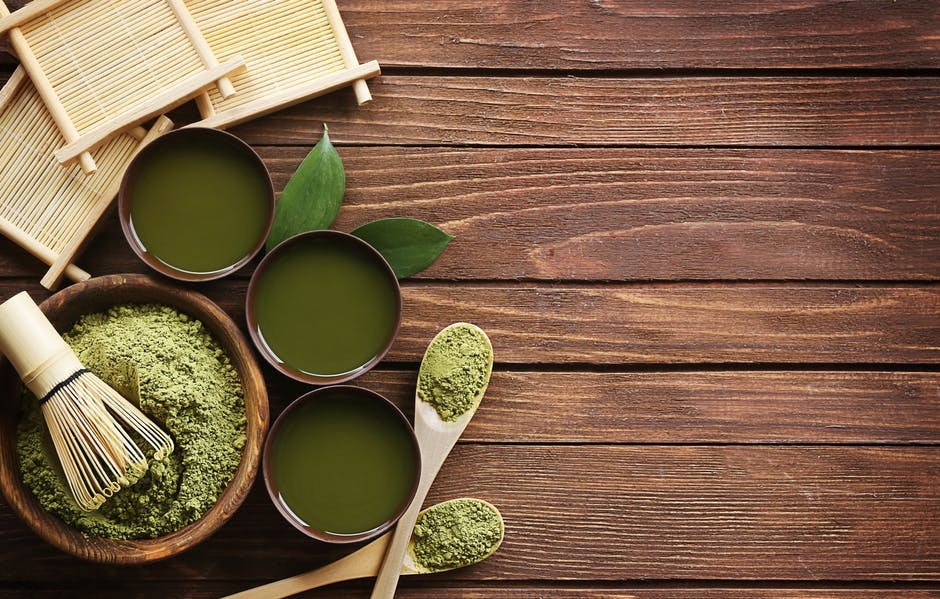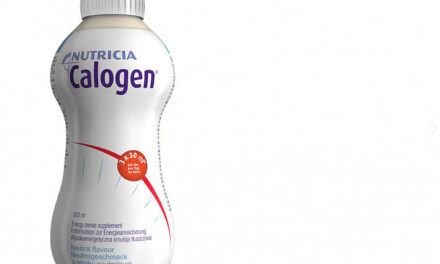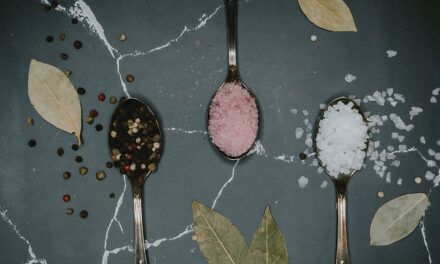Last year, a Korean colleague received a package at work from her parents. She couldn’t stop gushing over the bamboo salt that she received. I couldn’t understand her excitement. I mean, it was just salt! Until she explained to me the history and then the benefits of that purplish salt. I had to do my research to work out if bamboo salt anything specially. Specially, is bamboo salt good for pains result of diabetes?
With the many types of salt available in the market, from Himalaya salt to Kosher salt, Chicken Salt to Smoked Salt, to table salt then Bamboo salt, etc. one can easily get confused about which one to buy. This article is packed with information on Bamboo Salt and whether it is worth for your health and money.
Happy reading!
What is Bamboo Salt?
It is salt that is made from heating bamboo sticks packed with sea salt or bay salt and then heated over a fire of very high temperature.
It seems simple, but a lot of process and energy are involved!
This salt is Korean in origin. It can also be known as Jugyeom or Korean bamboo salt. It is said to have a lot of uses. From it being used to cook, to drink it as medicine.
Bamboo salt is alkaline, and it supplies us with about 70 – 80 minerals. It is also said to be a strong antioxidant, meaning that it removes toxins from our body. It is also capable of reinvigorating the body.
Tip: Bamboo socks are a good choice for people with diabetes too.
The History Behind Bamboo Salt
Bamboo salt is a substance used for centuries in Korean traditional medicine. It is was created thousands of years ago by a Korean doctor called Il-hoon Kim
and some monks. It was created to be used for general health and the treatment of various illnesses.
In 1986, Dr Kim published a book called “The Universe and The God’s Medicine”. In the book, he described the various benefits of Bamboo Salt and recommends the salt to be used by anyone.
During the process of making bamboo salt, Dr Kim and the monks repeatedly heated this bamboo filled salt until the desired efficacy is achieved.
That was the beginning of it use in Korean traditional medicine, and then it spread to the western part of the world.
How is Bamboo Salt Different From Other Salts?
With the many types of salts available in local stores and markets, you might get confused about which one to buy. You might even ask, “how is bamboo salt different from other types of salt?”.
Here is a table comparing Bamboo Salt and other types of salts.
|
Type of salt |
Color |
Source |
Ingredients |
How it is made |
Benefits |
|
Off-white, pink |
Punjab region of Pakistan |
A small number of minerals like potassium, calcium |
Mined naturally | Cooking, spa treatment, etc | |
|
Kosher salt |
White |
Used by Jews |
—- |
—- |
For curing meat, used to extract blood from meat |
|
Table salt |
White |
Salt tables underground |
—– |
Mined and then refined to only Sodium and chlorine. Added iodine. |
Cooking, curing meat, etc. |
|
White, off-white color |
Dead sea |
Occur naturally |
Evaporating dead seawater |
Soothe skin conditions like eczema. Psoriasis, for detoxification. Act as an anti-inflammatory agent | |
|
White |
English sea near a town called Epsom |
Occur naturally |
Evaporating English seawater |
Exfoliator, as a bath salt to soothe sore muscles, etc. | |
|
Black Hawaiian salt |
Black |
Volcanic Island of Hawaii |
Sea salt and volcanic charcoal |
Blending Sea salt and volcanic charcoal |
Good finishing salt for any dish |
Tip: Chinen salt is popular among diabetics; however, some believe Chinen Salt is Berberine.
Certain benefits differentiate Bamboo salt from other types of salts. They are:
- Alkalinity
Bamboo salt is highly alkaline, unlike other acidic salts. This means that it can neutralize acidic food and also balances our body system.
- The major argument is that salt can raise blood pressure
This is less frequent with bamboo salt compared with other salts (e.g. table salt). Instead, it even contains some minerals that can lower or balance blood pressure.
- Anti-microbial effect
Due to the absorption of certain minerals from bamboo trunk and clay, it can stop the growth of bacteria, viruses. Even though other salts can do so, it has a stronger anti-microbial effect.
- It is a great source of minerals and trace elements
Over 80 of them have been found in Bamboo Salt.
Health Benefits of Bamboo Salt
You would have probably heard that salt (due to it sodium content) can raise blood pressure. It is not so for Bamboo salt, which has lower sodium content compared to other types of salts. It even contains other minerals like potassium that can cause your blood vessels to relax (vasodilate), hence could reduce blood pressure.
Bamboo salt offers a wide range of possible benefits to our body.
Here are some of them:
- Antimicrobial properties
Bamboo salt believed to contain a bioactive compound that fights off bacterial, fungi, or viruses in our body. It even prevents their growth. It is effective in fighting and even preventing yeast infection and many other microbial infections. Thus, they help boost or defend the immune system.
- Gastrointestinal problems
If you are suffering from gastrointestinal problems like gastritis, ulcers, etc. it can reduce these conditions. Studies have shown that it is the hydrogen sulfide it produces that is responsible.
- Detoxification
The salt may help flush out toxins from your body systems.
- Anti-inflammatory properties
It helps treat and prevent anti-inflammatory diseases or infections like allergy, asthma, etc.
- Replaces dead cells
Bamboo slat could help remove dead skin cells and aids in the production of new cells. This means that it can be used as an exfoliator and also in acne treatment. It leaves you with a healthy glow.
- Supplies essential minerals
Bamboo salt is a great source of minerals and some trace elements. These trace elements are absorbed from the clay and bamboo stem etc.
Some of these elements are used in the synthesis of enzymes or for the activation of certain metabolic processes in our body.
- Alkalinity
This salt has a pH of 10 – 10.5, which is alkaline. It neutralizes the acids gotten from certain foods we eat. In this process, it balances our body’s pH.
- Serves as an anesthetic agent
It relieves joint pain, toothache, etc.
- Great anti-oxidizing agent
The presence of free radicals in our body is the major cause of diseases. This salt removes these free radicals.
Purported Uses of Bamboo Salt
- Applying all over the body or affected parts can help treat skin problems like eczema, skin rashes, etc.
- It relieves peptic ulcers, stomach indigestion, esophagus tumor.
- Treatment of heart disease
- To treat athletes’ feet.
- It can work as a blood coagulator.
That is, it can be used as a quick fix to stop bleeding resulting from wounds, scrapes, etc
- It used as a remedy to treat sore throat, cough, asthma, etc
- It used in the treatment and prevention of dental problems like gingivitis (bleeding gum), sensitive teeth and teeth pain or ache.
- It can relieve joint and ligament pain and arthritis.
- It helps in balancing our body fluid, i.e. homeostasis
- You can massage it into your scalp to prevent or treat hair loss and also stimulate healthy and luxurious hair growth.
- It can be used to prevent body odor. This is done by massaging it on your armpit and other parts of your body.
Is Bamboo Salt Good for Pain?
Suffering from pain, whether in a specific region or all over your body, can be quite debilitating. Bamboo salt is purported to improve or relieve chronic fatigue syndrome, toothache, joint, muscle and ligament pain, etc.
Chronic fatigue syndrome (CFS) is a condition that is characterized by extreme tiredness, pain, abnormal sleep patterns, etc. This condition doesn’t even go away even after you rest. It can be frustrating, especially since there is no definite cause of this sickness. Your family or loved one’s might not even believe you or may easily brush off your complaints as nothing.
Mixing bamboo salt with water is purportedly said to relieve CFS and other types of pains.
Is Bamboo Salt Good for Diabetes?
You may have this burning question, “what happens in my body as a diabetic?”
Being diabetic means that your blood sugar level is very high. This can lead to various other complications if not managed well.
In a healthy state, our body produces insulin, a hormone that helps the body to absorb blood sugar. However, in a diabetic condition, insulin is secreted small or not at all, also the body may be resisting insulin (insulin insensitivity).
To curb excess sugar, your body may excrete it with your urine. This process is abnormal.
Another way excess blood sugar impacts our body is that it blocks our capillaries and can stimulate germs or bacteria growth.
How does Bamboo salt come in? It is purportedly said that bamboo salt contains Vanadium, which improves insulin sensitivity, and chromium which is used to control diabetes.
Keep in mind that there is not enough research to back this up, though.
Is Bamboo Salt Good for High Blood Pressure?
High blood pressure (hypertension) is a condition where the pressure exerted by the heart or blood on our blood vessels is too high. This condition can lead to various complications like heart attack, stroke, and death. It is also known to accompany many diseases like diabetes etc.
High blood pressure is known as the “silent killer”. That is because it often showed symptoms (unless it accompanied other diseases) until it is too late.
There are many causes of hypertension, some of them are: high cholesterol, genetics or family history or inactive lifestyle.
So, how does bamboo salt come in? Bamboo salt contains minerals like potassium and calcium. These minerals, especially potassium, can help to reduce high blood pressure. It does so by reducing sodium content.
Note that potassium is known to interact with some drugs. Avoid taking Bamboo Salt together with your medication or close to when you take your medications. Only use on the approval of your doctor.
How Do You Make Bamboo Salt?
Making bamboo salt involves a lot of processes, time, and attention. The main materials used are:
- Sea or bay salt
- Bamboo trunks
- Pines
- Red or yellow clay
The Bamboo Salt Manufacturing Process
The steps involved are:
- Bay salt is mined from salt pans from the yellow sea on the west coast of South Korea. It is then transported to the place where it is used to make bamboo salt.
- Bamboo salt aged 3 years and above are harvested and cut in tubes of maybe 70 – 90cm.
- Red or yellow clay is collected.
- The cut bamboo trunks are filled with the bay salt and sealed with the clay at both ends
- The salt-filled bamboo trunks are placed on a grill on top of a fire started with pines. The temperature of the fire is usually around 800-12000C. It is left there until the bamboo trunks are burnt to ashes and the only things remaining are the hardened salt. This is the first stage of roast.
- The hardened bamboo salt is crushed and refilled into another new set of bamboo trunks and resealed with red or yellow clay.
- This process is repeated 7 more times.
- At the 9th stage of roast, which is Korea’s number for completeness or perfection, the 8x roasted bamboo stalks are placed on a uniquely constructed iron kiln. It is then placed on top of a fire made hotter by the addition of resins. This resin raises the temperature of the fire to around 1400 – 15000C or above.
- At this temperature, the bamboo salt melts like lava and is collected in bowls where they hardened.
- To remove the bamboo salt, the bowl is turned upside down.
- The bamboo salt is crushed and sifted out from charcoal. They are sorted out in various sizes: fine, coarse, etc. Bamboo salt at this stage has a distinct purple color.
The burning process in the making of bamboo salt ensures there are no impurities and that the necessary minerals are formed. Trace elements and minerals from red clay and bamboo trunks are absorbed into bamboo salt in this process.
Differences Between Stages of the Roast
As mentioned earlier, the burning process removes impurity from the salt, it also enhances it medical efficacy.
|
Stages of Roast |
Color |
Sulfur content |
Particle size |
Uses |
|
1x and 2x |
White |
No sulfur or mild |
Powder form |
Use in kitchen |
|
3x and 6x |
White-greyish |
Moderate |
Coarse form |
Its medicinal efficacy is moderate |
|
9x |
Purple |
Strong. Can be adapted too |
Coarse and very coarse |
Its medicinal efficacy is strong |
Possible Side Effects of Bamboo Salt
There is little evidence on the possible side effects of bamboo salt. This calls for more research to be done.
The few reports on the side effects of bamboo salts are:
- That bamboo salt may contain polychlorinated dibenzo-para-dioxins (PCDDs) and polychlorinated dibenzofurans (PCDFs).
They are dioxins, which are a class of chemical compounds that are environmental pollutants. They often because of heating chlorine-containing substances.
They came about due to the high heat process involved during manufacturing. The amount of these dioxins found in bamboo salt are very small. However, as a caution, pregnant women are advised not to take it.
- Bamboo salt is said to contain trace amounts of Arsenic.
The amount is negligible. To be on the safe side, avoid taking a large amount of bamboo salt, or do not exceed the dosage written on the product label.
Conclusion
Bamboo salt which originated from Korea was used as a remedy for various illnesses. Recently, people have found that it has numerous benefits and can be used for the treatment of various diseases.
If you are planning to use Bamboo Salt, avoid taking it together with medications or even close to when you took your medications. Pregnant women and children are also advised to stay clear of it or unless directed by a doctor.
If you are using it to treat any serious disease, please seek the advice of your doctor.









